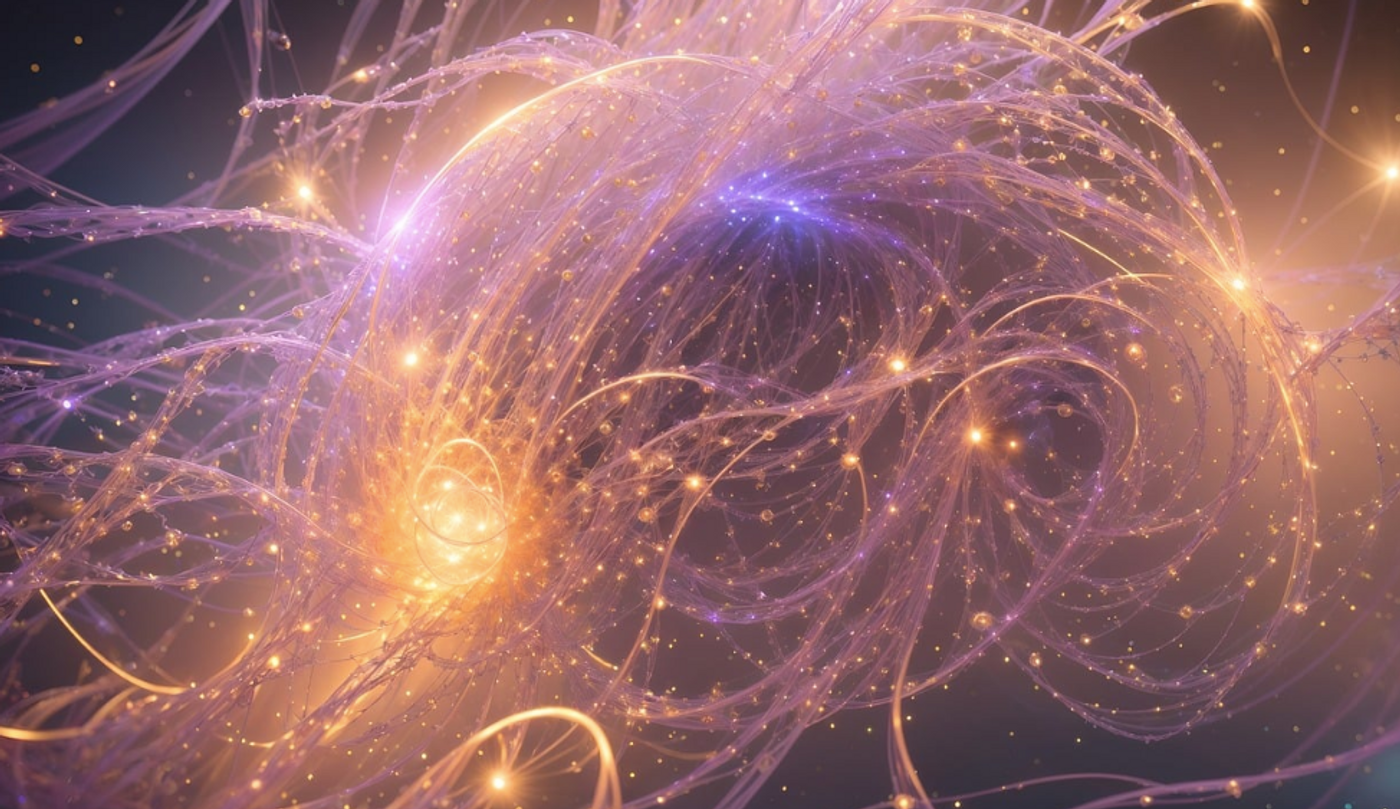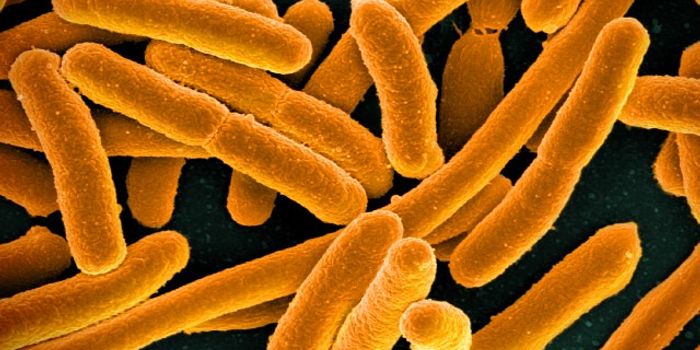A Novel Mechanism for a Pain & Itch Receptor is Discovered
The sense of touch can be crucial to helping us interact with and understand our environment and our selves, and it is found all over and even within the body. There are two ion channels called Piezo1 and Piezo2, which can sense some of the softest pressures. These monitors can help tell the body where it is in space, alert us to pressure in the bladder, and even watch over the circulatory system. But a new study is challenging what we thought we knew about how the Piezo1 channel works. The research has been reported in the journal Neuron.
The study suggested that the signal that Piezo1 identifies is also sensed by other proteins, expanding how information about mechanical forces is communicated. "There are other signals that a cell can work with and further understand and interpret. So it opens up a new dimension of signaling," explained study co-author Jörg Grandl, an associate professor at Duke University.
Researchers have been focused on Piezo channels because they may aid in the creation of novel pain or itch therapeutics.
Cells have a small indentation where Piezo1 can be found, and it becomes more shallow when light pressure is applied. This movement allows the Piezo1 ion channel to move calcium ions into cells. This tells the cell about the strength of the force that's being applied as well.
But Piezo1 also seems to signal to another protein in the area even when ions are not moving through the channel. It can physically contact another sensor of touch, a molecule called TREK1, when it's a neighbor in the cell membrane.
"Over the past 14 years since Piezos were discovered, almost everywhere in the body that some kind of mechanical sensation is happening, people have looked to see what the protein is," said study co-author and postdoctoral researcher Amanda Lewis. "And the answer is almost always that it's Piezo."
The investigators showed that Piezo1 and TREK1 are notably closer together on the cell membrane, in a conformation that does not appear to be random. These channels do not bind to one another, but they can be found together.
So it seems that Piezo1 can engage in conformational signaling, which relates to a change in its shape instead of ion flow, "It's not completely unheard of, there are two other ion channels that have previously been described to do this. We believe this is the third one, but it's different," said Grandl. In the other two cases, the conformational signaling involves direct binding of the proteins.
Now the researchers want to learn more about this newly discovered conformational signal.
"Every new biological mechanism that you discover opens up new avenues for maybe using them as treatments against the many diseases that are related to mechanical sensation," Grandl said. "The most prominent ones for sensing are mechanical pain and chronic itch, which is a huge clinical problem."
Sources: Duke University, Neuron









